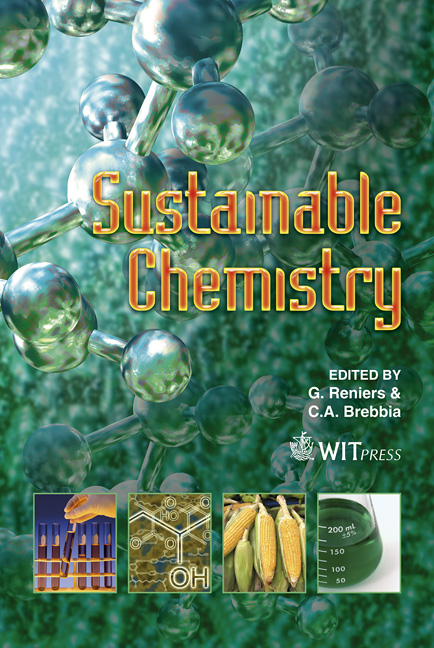Measurement And Analysis Of Fine Particulate Matters (PM10/PM2.5) And Condensable Nanoparticles Emission From Stationary Sources
Price
Free (open access)
Transaction
Volume
154
Pages
11
Page Range
71 - 81
Published
2011
Size
779 kb
Paper DOI
10.2495/CHEM110081
Copyright
WIT Press
Author(s)
H. Kamiya, K. Hada, T. Sekizawa, M. Yamada, M. Tsukada, W. Lenggoro, M. Wada, N. Kogure, Y. Yuping & W. W. Szymanski
Abstract
For standardisation of sampling and measuring methods regarding in-stack measurement of PM2.5 and PM10 mass concentration in flue gas of stationary emission sources, a two stage VIS impactor (virtual impaction surface impactor) was developed in which the solid impaction surface of a conventional impactor is replaced by a space of a relatively slow moving air within a cavity of a receiving nozzle. Separation performance of the VIS impactor was examined using a model aerosol-gas stream system with a variety of dust concentrations and then exploited for the flue gas measurement in a coal combustion plant in China. Because a further stack emission is the condensable suspended particle matter (condensable SPM), two types of diluters for this measurement were designed and constructed based on England et al. and W. Lee et al.’s apparatus. Model exhaust gas with heavy metals was prepared in a laboratory scaled experimental arrangement and was mixed with clean air in both dilutor types. The effects of diluter structure, dilution ratio and residence time on the size distribution of condensable SPM are discussed. Keywords: virtual impaction surface impactor, separation efficiency, dilutor, condensable suspended particulate matter.
Keywords
virtual impaction surface impactor, separation efficiency, dilutor, condensable suspended particulate matter





